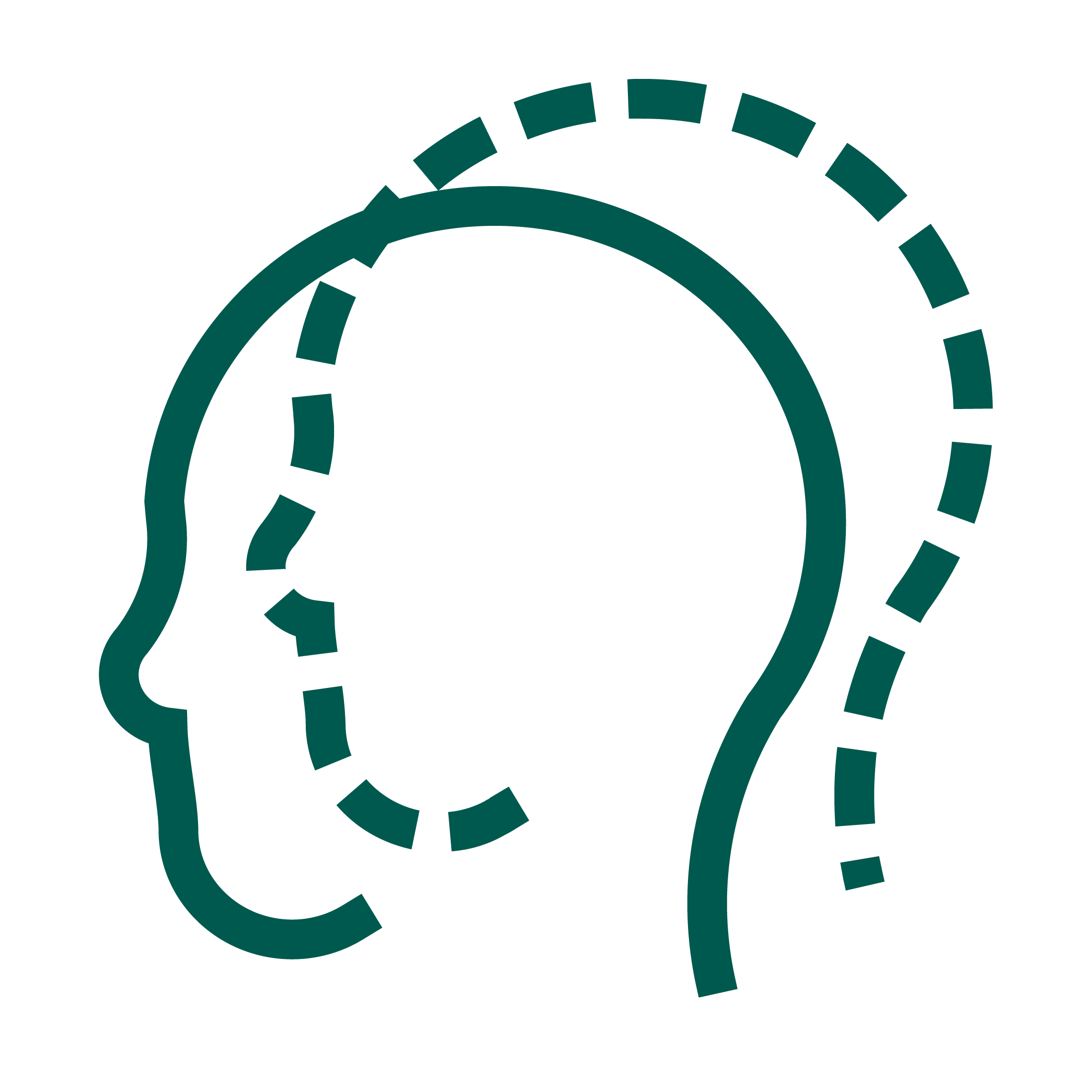
Saprea Support Groups > Group Materials >Understanding Dissociation
Group Activity
Mindful Eating
One way to help you feel more connected with your body is to mindfully observe your sensory responses in the present. This can be done with grounding techniques like 5-4-3-2-1, as well as by applying Mindfulness to everyday activities, like eating. Often, eating can become an automatic, mindless habit—eating because you have to, eating to escape from something, or eating simply because you’re bored. In contrast, mindful eating is about feeling more connected to the present by directing your attention to the sensory responses your brain and body experience during a snack or meal.
To begin, all you need is a bit of curiosity and something to eat.
Activity steps
Option 1
01
02
03
04
05
06
Option 2
Look closely, what do you see?
- With sight, take a moment to observe your surroundings, noting any details that stand out to you. Then, pick a specific object and focus on every detail you can glean from it based on sight alone—its color and size, its texture and weight, its function, any memories or thoughts you associate with it, why it stood out to you, etc.
- Next, partner with another participant and have them guess what object you are thinking about based on the details you observed. You might try starting with the vaguest details first and then getting more specific as they continue to guess.
- Once your partner has guessed the object you are thinking of, switch roles and try to guess what detail in the room they have selected.
Listen carefully, what do you hear?
- Participate in a game of call-and-response, with Group Leader A leading out by creating a simple rhythm by clapping their hands and slapping their thighs, and then inviting everyone to repeat the same rhythm in unison.
- Example: Drum, clap, drum, drum, clap
- After Group Leader A and the participants repeat this call-and-response several times, Group Leader B can start a new rhythm for the rest of the group to follow.
- This back and forth can continue a few times, allowing anyone else who would like to set a new rhythm the chance to do so.
- Afterwards, reflect on the physical sensations you experienced during the activity. How did mindfulness and intention factor into the game? What are other examples of anchoring to the present using the five senses?
Grounding Exercise
5-4-3-2-1
This simple exercise is an example of sensory grounding, which involves directing your attention toward one or more of your five senses.
So let’s begin.
Activity Steps
01
02
03
04
05
06
07
Video Option
Hosting Your Meetings Off-Line? Download All of the Materials You Need Here:
Additional Resources
Done With This Topic? Jump to the Next.

Practicing Mindfulness

Introducing Aspiration





